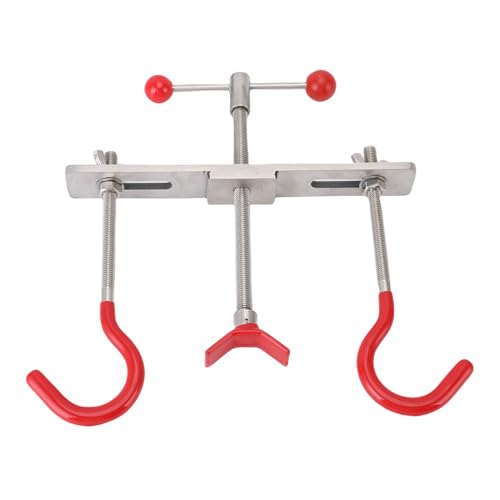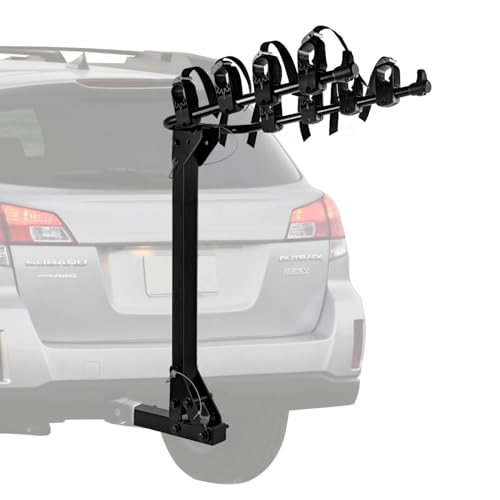




Bonsai is the art of cultivating miniature trees that mimic the shape and scale of full-sized trees. It originated in China and Japan centuries ago and has become a popular practice around the world. Bonsai trees are admired for their small size, intricate forms, and the meditative process of nurturing them.
Many people wonder if it is possible to bonsai any tree, or if there are specific types of trees that are better suited for this art. The truth is, while it is technically possible to bonsai any tree, not all trees are equally suitable or easy to work with.
Some trees naturally lend themselves better to the bonsai technique than others. Trees with small leaves, fine branches, and interesting bark patterns are often preferred, as they can be manipulated and pruned to create the desired miniature image. However, with the right knowledge, skills, and patience, it is possible to bonsai almost any type of tree.
Is Bonsai possible for any Tree?
Bonsai, the Japanese art form of growing miniature trees in containers, has become increasingly popular around the world. Many people wonder if it is possible to bonsai any tree, or if only certain types of trees are suitable for this art form.
While it is true that certain tree species are more commonly used for bonsai, it is technically possible to bonsai almost any tree. However, some trees are more suitable for bonsai than others due to their growth habits, leaf size, and overall aesthetics.
When selecting a tree for bonsai, it is important to consider its characteristics and how they will translate into the miniature form. Some trees naturally have small leaves and compact growth habits, making them ideal choices. Examples of commonly used bonsai trees include the Japanese maple, Chinese elm, and juniper.
However, with the right techniques and careful pruning, almost any tree can be trained and shaped into a beautiful bonsai. This requires patience and a deep understanding of the tree’s growth patterns and requirements.
Additionally, certain types of trees may require more specialized care and maintenance than others when grown as bonsai. Some trees may have specific soil and watering needs, while others may be more susceptible to certain diseases or pests.
If you are a beginner in bonsai, it is advisable to start with trees that are commonly used for bonsai, as they are more likely to thrive and be forgiving of any mistakes you may make. As you gain experience and knowledge, you can experiment with different tree species.
In conclusion, while bonsai is technically possible for any tree, some trees are more suitable for this art form due to their natural characteristics. With the right techniques, care, and knowledge, almost any tree can be transformed into a beautiful bonsai.
Bonsai Meaning and History
Bonsai is a traditional Japanese art form that involves growing miniature trees in containers. The term “bonsai” is derived from the Japanese words “bon”, meaning tray or pot, and “sai”, meaning plant or tree. Bonsai trees are cultivated with the intention of creating an aesthetically pleasing and natural-looking miniature representation of a full-sized tree.
Origins of Bonsai
The practice of bonsai can be traced back over a thousand years to ancient China, where it was known as “penzai”. The Chinese were the first to cultivate small trees in containers and shape them into artistic forms. It was during the Tang Dynasty (618-907 AD) that the art of penzai began to be perfected, with scholars and artists dedicating themselves to honing their skills.
In the 12th century, Japan was introduced to penzai through trade and cultural exchanges with China. The Japanese then adopted and adapted the art form, giving rise to what is now known as bonsai. Bonsai quickly became popular among the Japanese elite, including the samurai class, and was considered a symbol of wealth and status.
Philosophy and Techniques
Bonsai is not just about creating a miniature tree; it is also deeply rooted in philosophy and spirituality. The practice of bonsai embodies the principles of balance, harmony, and nature. It requires patience, attention to detail, and a deep understanding of horticulture.
There are several techniques used in bonsai cultivation, including pruning, wiring, and shaping. Pruning is done to control the growth of the tree and create the desired shape. Wiring is used to position branches and give them a more natural appearance. Shaping involves bending and training the tree to achieve the desired form.
Popular Bonsai Tree Species
While it is possible to bonsai any tree, certain species are more commonly used in bonsai cultivation. Some popular choices include the juniper, pine, maple, and ficus. These trees have characteristics that make them well-suited for bonsai, such as small leaves, attractive bark, and the ability to tolerate pruning and shaping.
In conclusion, bonsai is a fascinating and ancient art form that has evolved over centuries. It combines aesthetics, horticulture, and philosophy to create miniature trees that reflect the beauty and harmony of nature.
Selecting the Right Tree for Bonsai
Choosing the right tree for bonsai is crucial in ensuring a successful and enjoyable experience in this ancient art form. While it is possible to bonsai almost any tree, it is important to consider certain factors that will contribute to the health and longevity of the tree in a bonsai container.
Climate and Location
When selecting a tree for bonsai, it is essential to consider the climate and location in which it will be placed. Different tree species have different climatic requirements, and choosing a tree that is suited to the local climate will make it easier to maintain and care for. Additionally, the location in which the bonsai will be kept should be taken into account. Some trees thrive indoors, while others do better outdoors.
Size and Growth Patterns
The size of the tree is another important consideration. Bonsai trees are miniature versions of their larger counterparts, so selecting a tree that naturally has small leaves and compact growth patterns will make it easier to create the desired effect. Additionally, choosing a tree that has flexible branches will allow for greater creativity and versatility in shaping and styling.
It is also worth considering the growth rate of the tree. Some species grow quickly and require frequent pruning, while others have a slower growth rate and require less maintenance. Understanding the growth patterns of a tree will help determine the level of commitment and effort required to care for it as a bonsai.
By considering these factors and doing some research on different tree species, you can select the right tree for bonsai that suits your climate, location, and personal preferences. With proper care and attention, your chosen tree can be transformed into a beautiful living work of art.
Factors to Consider when Bonsai-ing a Tree
Bonsai is a unique art form that requires careful consideration of several factors when choosing a tree to bonsai. While it is possible to bonsai many different types of trees, not all trees are suitable for bonsai-ing.
Size: One important factor to consider is the size of the tree. Bonsai trees are miniature versions of their larger counterparts, so the tree should be small enough to be shaped and maintained in a bonsai pot.
Growth Rate: The growth rate of a tree is another crucial consideration. Bonsai trees require regular pruning and shaping to maintain their miniature size, so choosing a tree with a slow growth rate will make it easier to control and shape.
Hardiness: Some trees may not be suitable for your climate or may require specific growing conditions. It is essential to choose a tree that is suitable for your local climate and can tolerate the conditions in which you plan to keep your bonsai.
Leaf Size and Shape: The size and shape of the leaves are important aesthetic considerations in bonsai. Trees with smaller leaves are generally more desirable as they create a sense of proportion and balance in the bonsai composition.
Branch Structure: The natural branch structure of a tree is another critical factor to consider. Trees with interesting and well-distributed branches are easier to shape and style into a visually appealing bonsai tree.
Species Characteristics: Each tree species has unique characteristics and requirements. Some trees have specific care needs, while others may be more forgiving. It is crucial to research and understand the specific needs of the tree species you choose for bonsai-ing.
Remember, bonsai-ing requires patience, skill, and careful consideration of all these factors to create a thriving, beautiful bonsai tree.






